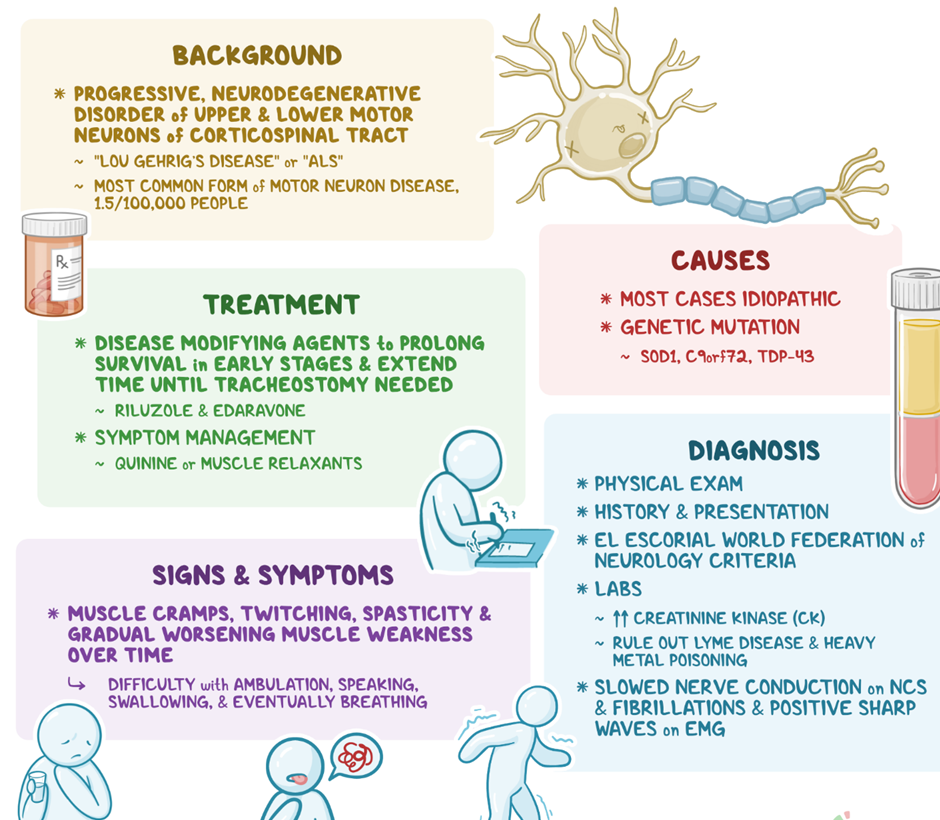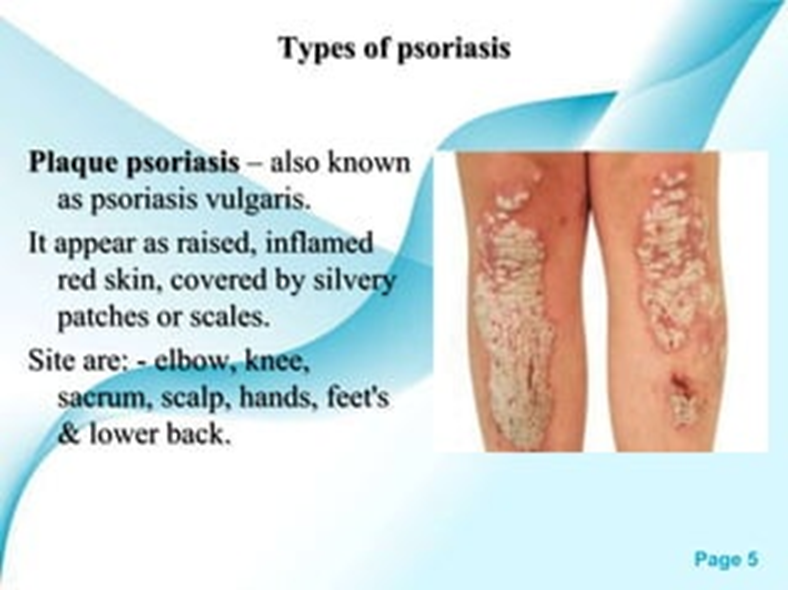While caring for a client with Amyotrophic Lateral Sclerosis (ALS), the nurse performs a neurological assessment every four hours. Which assessment finding warrants immediate intervention by the nurse?
Increasing anxiety
Inappropriate laughter
Weakened cough effort
Asymmetrical weakness
The Correct Answer is C
A. Increasing anxiety:
While emotional and psychological aspects are important in holistic care, immediate intervention is usually required for physiological concerns. Increasing anxiety may need attention, but it is not as urgent as addressing potential respiratory issues.
B. Inappropriate laughter:
Changes in emotional expression, such as inappropriate laughter, can occur in ALS due to involvement of upper motor neurons. While notable, it may not be as urgent as addressing respiratory concerns.
C. Weakened cough effort.
In ALS, respiratory muscles can become affected as the disease progresses, leading to respiratory complications. Weakened cough effort is concerning because it can indicate potential respiratory muscle weakness, which may lead to difficulty clearing secretions and an increased risk of respiratory compromise or infection.
D. Asymmetrical weakness:
Asymmetrical weakness is a common feature of ALS, but it may not necessarily warrant immediate intervention unless there are sudden changes or signs of acute distress. Respiratory symptoms, such as weakened cough effort, often require more immediate attention.

Nursing Test Bank
Naxlex Comprehensive Predictor Exams
Related Questions
Correct Answer is C
Explanation
A. Instruct the client to drink plenty of fluids during the treatment.
This option focuses on hydration, which is generally important during chemotherapy to flush out toxins and maintain overall health. However, it does not specifically address the risk of vesicant extravasation.
B. Keep the head of the bed elevated until the treatment is completed.
Keeping the head of the bed elevated is a measure that may be taken for certain conditions or treatments, but it is not directly related to preventing vesicant extravasation.
C. Monitor the client's intravenous site hourly during the treatment.
This is the correct choice. Monitoring the intravenous site for signs of extravasation, such as swelling, redness, or pain, is crucial when administering vesicant chemotherapy drugs. Early detection allows for prompt intervention to minimize potential tissue damage.
D. Administer an antiemetic before starting the chemotherapy.
Administering an antiemetic (a medication to prevent or alleviate nausea and vomiting) is important for managing side effects of chemotherapy, but it does not specifically address the prevention of vesicant extravasation.
Correct Answer is D
Explanation
A. Thick skin plaques topped by silvery white scales:
This is a characteristic presentation of psoriasis vulgaris, not an indicator of overexposure to PUVA.
B. Tenderness upon palpation and generalized erythema:
This may be associated with various skin conditions but is not specific to overexposure to PUVA.
C. Brown, rough, greasy, wart-like papules on the face:
This description is not consistent with the expected outcomes or side effects of PUVA treatment.
D. Requires sunglasses because sunlight hurts the eyes.
PUVA treatment involves the use of psoralen, a light-sensitizing medication, followed by exposure to ultraviolet A (UVA) light. Overexposure to PUVA can lead to phototoxic reactions, including eye sensitivity to sunlight (photophobia). If the client requires sunglasses because sunlight hurts the eyes, it suggests that the eyes have been affected by the treatment, and the nurse should intervene to prevent further damage.

Whether you are a student looking to ace your exams or a practicing nurse seeking to enhance your expertise , our nursing education contents will empower you with the confidence and competence to make a difference in the lives of patients and become a respected leader in the healthcare field.
Visit Naxlex, invest in your future and unlock endless possibilities with our unparalleled nursing education contents today
Report Wrong Answer on the Current Question
Do you disagree with the answer? If yes, what is your expected answer? Explain.
Kindly be descriptive with the issue you are facing.
